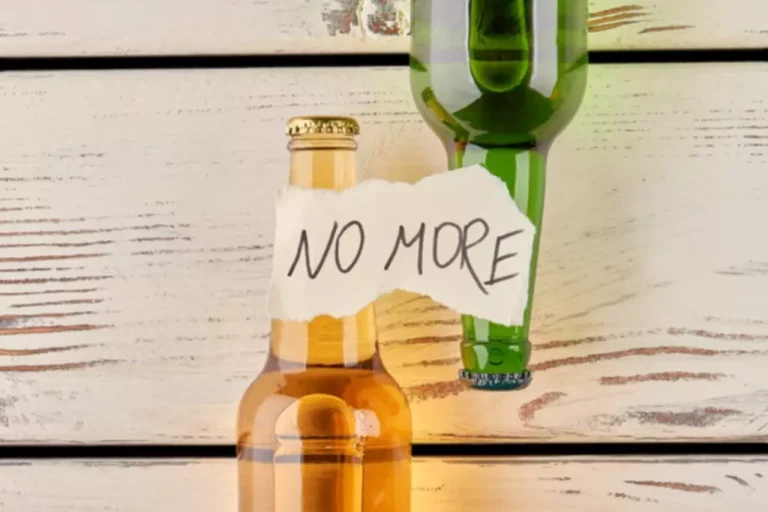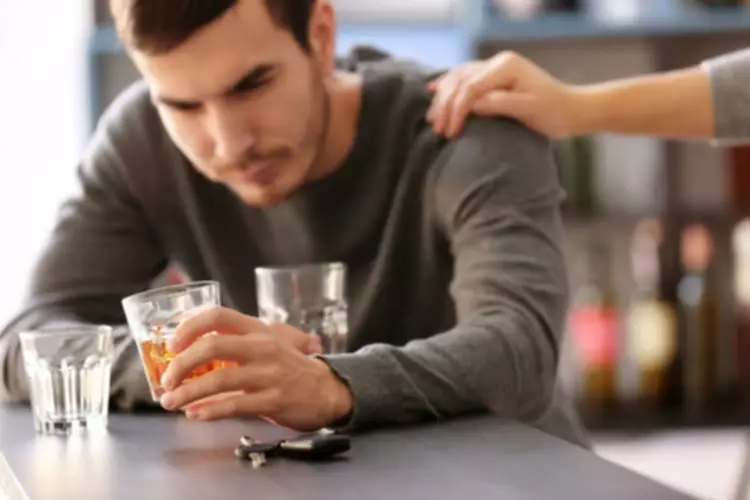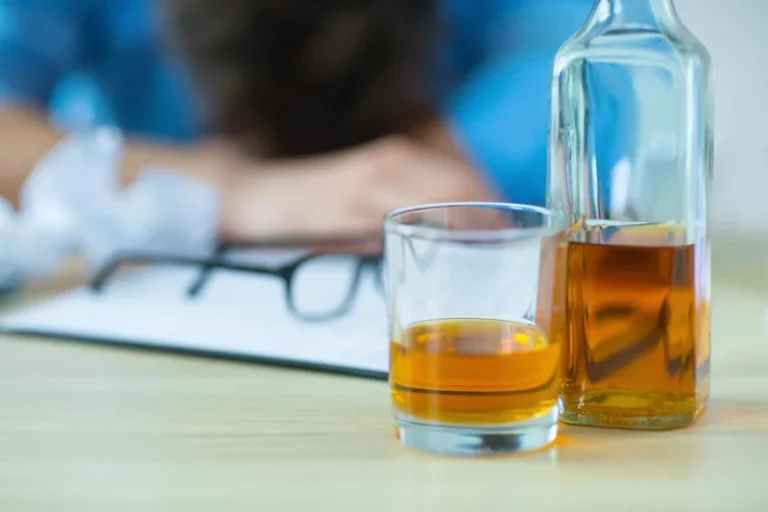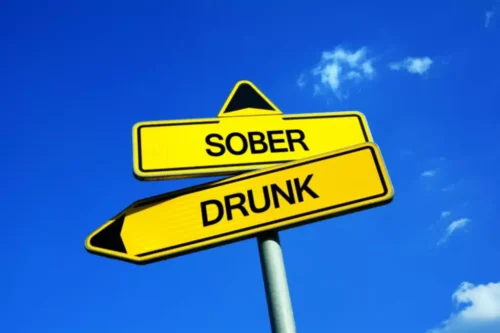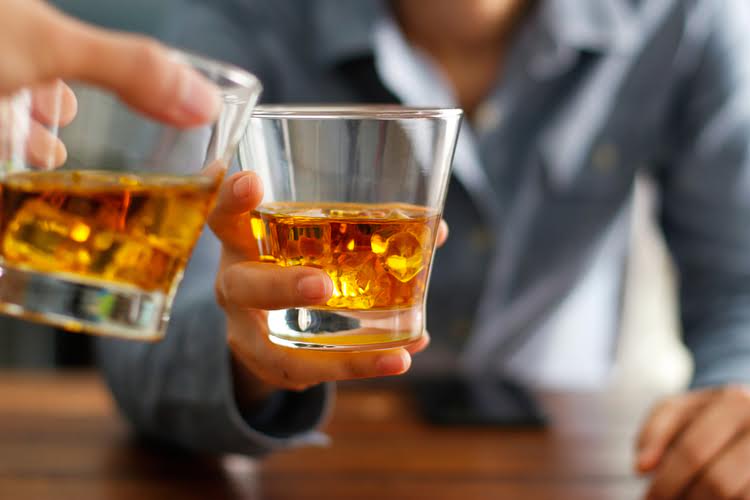
Detoxification is not an end in itself, but a transitional state between dependence and abstinence or reduced use. It can provide an opportunity for abstinence as part of the recovery journey, but for some drugs may increase the risk of overdose and sustained relapse. It is a balance between the liquid marijuana substance user’s needs and preference, choice of medication, methods of administration, and the intensity of keyworking and psychosocial programmes. Evidence has shown that pharmacological treatment for substance misuse works [4], but that it needs to be combined with psychosocial treatment [3].
Cognitive-Behavioral and Community Support Strategies for Opioid Withdrawal Management

In the first instance, attempt behavioural management strategies as shown in Table 2 (page 33). If this does not adequately calm the patient, it may be necessary to sedate him or her using diazepam. Provide 10-20ng of diazepam every 30 minutes until the patient is adequately sedated.
Early stage: Stopping opioids and cravings
- SSRIs should ideally be avoided in cocaine and amphetamine users due to possible serotonin syndrome, although they are commonly used.
- Smoking cessation is important for a number of reasons besides the health benefits.
- Cigarettes can act as a cue to consume other drugs by smoking, and cessation can help with drug treatment outcomes, such as coping with cravings and preventing relapse.
- At low doses buprenorphine has effects like methadone, but at high doses it behaves like naltrexone, blocking the receptors so strongly that it can precipitate withdrawal in highly dependent patients (that is, those maintained on more than 40 mg methadone daily).
- Buprenorphine, like methadone, maintains opioid tolerance and physical dependence in patients; thus, discontinuing its use can result in withdrawal, even if buprenorphine withdrawal symptoms can be milder.
Chronic opioid use can also affect the locus coeruleus, which is involved in arousal and vigilance. When opioids are stopped, the activity of the locus coeruleus increases, releasing more norepinephrine and contributing to withdrawal symptoms. Anyone who thinks that they may have opioid use disorder should contact a doctor. A person is more likely to have a positive outcome with ongoing support and professional treatment. A longer acting derivative of methadone, LAAM can be given three times per week.

Find treatment services
The greater the amount of opioid used by the patient, the larger the dose of buprenorphine required to control symptoms. Symptoms that are not satisfactorily reduced by buprenorphine can be managed with symptomatic treatment as required (see Table 3). Buprenorphine is the best opioid medication for management of moderate to severe opioid withdrawal. Treating opioid withdrawal requires interprofessional teamwork by psychiatrists, nurses, social workers, therapists, pharmacists, and other healthcare professionals.
It is very common for people who complete withdrawal management to relapse to drug use. It is unrealistic to think that withdrawal management will lead to sustained abstinence. Rather, withdrawal management is an important first step before a patient commences alcohol consumption can be a double-edged sword for chronic kidney disease patients pmc psychosocial treatment. The starting dose is 10 mg oral or intravenous (IV) methadone, which may be given every 4 to 6 hours if withdrawal persists. When opioid withdrawal signs are present, pharmacological management of opioid withdrawal is needed.
Understanding Late-Stage Psychological Symptoms During Opioid Withdrawal
If you experience relapse, remember that this is a normal step in the recovery process. It’s important to treat withdrawal-induced diarrhea because it increases the risk of severe dehydration. Doxepin is another antidepressant that healthcare professionals may recommend to help treat withdrawal-induced anxiety and insomnia. It has off-label uses for anxiety and insomnia, which are other complications from opioid withdrawal.
Buprenorphine is a partial μ opioid receptor agonist and therefore has less risk of respiratory depression than methadone. It is also a partial κ opioid agonist, meaning it also has less risk of dysphoria than methadone. Buprenorphine is available as sublingual tablets, transdermal patches and injectable ampoules. Induction from heroin starts when withdrawal symptoms emerge, initially with 2–4 mg sublingually, with a second dose a couple of hours later if needed. Buprenorphine is less sedating than methadone, and may be more suitable for less dependent users, those with less chaotic lives or those with codeine dependence. It also has limited respiratory depression and no cardiotoxic effects [17,18].
It is important for a person to seek ongoing support and address any factors that initially caused them to misuse opioids. For most people, symptoms gradually reduce within 7–10 days of their last use of the drug. Physical withdrawal should disappear in a week or less, and want to quit drinking use these 8 strategies to make it a reality psychological cravings will be much less intense. Withdrawal can also happen to people who take long-term opioids for pain as their doctor prescribes, but there are differences between the two. This article focuses on opioid withdrawal in people with opioid use disorder.
Once the level of tolerance is high, the maximum response to the opioid is similarly diminished. The primary cause of tolerance is the functional desensitization of opioid receptors caused by their functional dissociation from specific G-proteins, which uncouple the receptors from their effector components [64,65]. In particular, specific kinases have the ability to phosphorylate opioid receptors after activation, which causes G-protein disconnection, with the consequent binding of β-arrestin. Desensitized receptors are made inactive at the plasma membrane via β-arrestin pathway signaling, which also makes it easier for them to be endocytosed and subsequently degraded or recycled.
Different types of medications may be useful at different stages of treatment to help a patient stop abusing drugs, stay in treatment, and avoid relapse. Like treatment for other chronic diseases such as heart disease or asthma, addiction treatment is not a cure, but a way of managing the condition. Treatment enables people to counteract addiction’s disruptive effects on their brain and behavior and regain control of their lives. Symptoms of opioid withdrawal can be incredibly painful, deterring people from continuing with detox.
Despite the possible therapeutic role of opioid medications, the treatment of the above-mentioned diseases with opioids is still under debate for several reasons. In fact, in long-term therapy, the well-established phenomenon of psychological addiction occurs [29,30,31]. Furthermore, as these drugs become more widely available, there are increasing problems of abuse and diversion, which undermine the clinical efficacy of these therapeutic agents and pose a public health concern. Last but not least, the fact that these powerful analgesic agents are linked to significant adverse effects and problems has an impact on the use of opioid derivatives for treating chronic pain [29]. Accordingly, the main adverse effects of opioid prescription treatment include drowsiness, constipation, vomiting, dizziness, nausea, respiratory depression, tolerance, and, as mentioned, physical dependence.
We paid special attention to the analysis of the opportunity to target opioid receptors for treating opioid use disorder (OUD), drug withdrawal, and addiction. Although there is great pharmacological potential in targeting opioid receptors, the clinical use of opioids is severely limited by several adverse effects such as tolerance and physical and physiological dependence. In the future, it is expected that this structural information will be useful for designing a novel generation of opioid receptor ligands [186,187].
Opioid treatment centers are available in every state, as heroin and other opiates are some of the most common drugs of abuse. Nationwide, the Center for Disease Control and Prevention numbers show 84,181 opioid overdose deaths in 2022 to 81,083 and 81,083 in 2023. Deaths related to fentanyl began to rise around 2019, according to the California Department of Health. In the last detailed study in 2022, the CDPH estimated nearly 6,000 opioid-related overdose deaths in California.
The Vanderbilt University Medical Center Institutional Review Board considered this study exempt from human participants review and waived informed consent. Withdrawal scales have been developed to measure the severity of withdrawal symptoms. These symptoms can be particularly distressing and may persist for several weeks, underlining the importance of continued support and medical supervision.
When you call our team, you will speak to a Recovery Advocate who will answer any questions and perform a pre-assessment to determine your eligibility for treatment. If eligible, we will create a treatment plan tailored to your specific needs. If The Recovery Village is not the right fit for you or your loved one, we will help refer you to a facility that is. Medical supervision during this acute phase is critical to manage these symptoms safely. Supervision can help prevent complications such as dehydration and electrolyte imbalances. These symptoms are often accompanied by increased heart rate (tachycardia) and elevated blood pressure.




